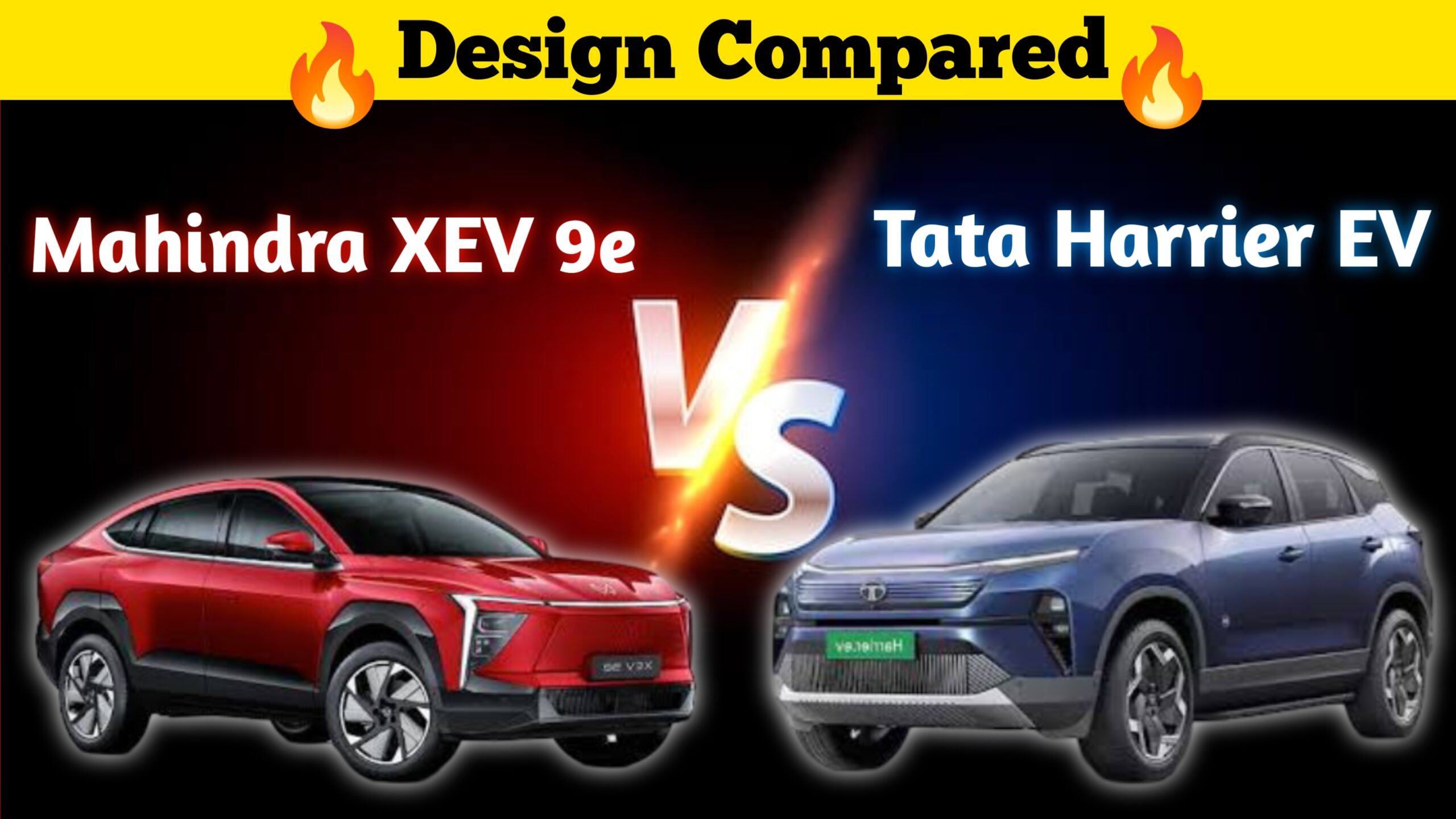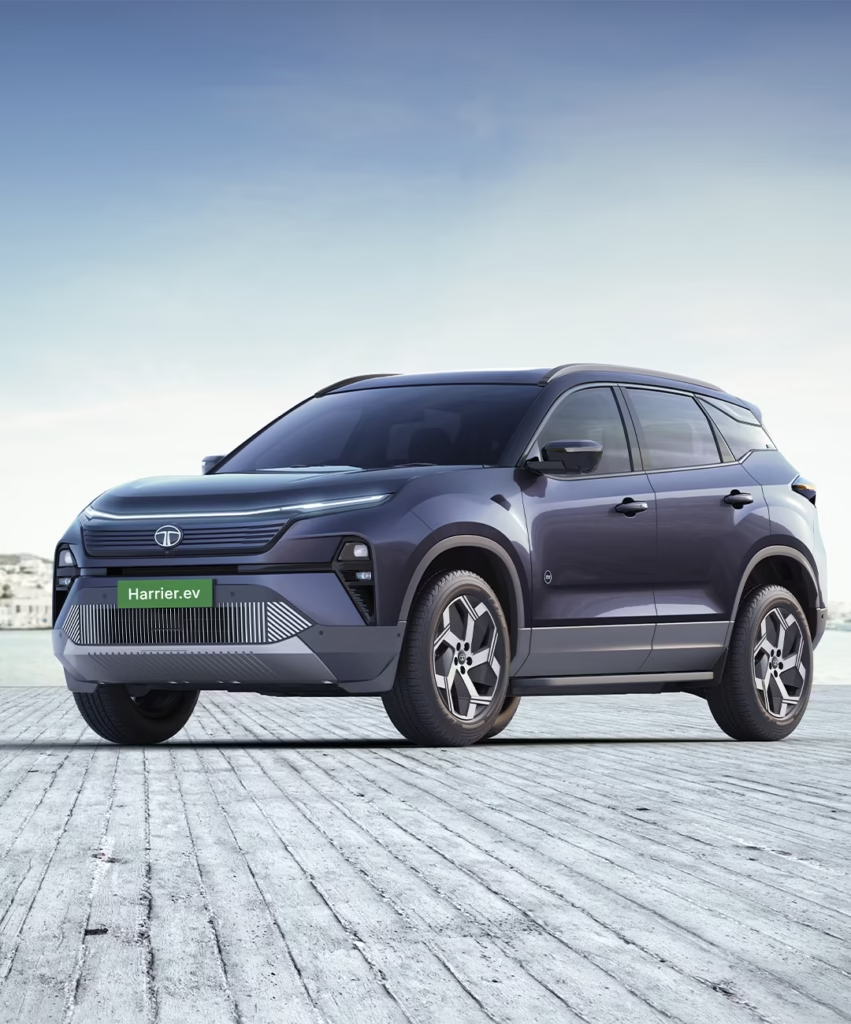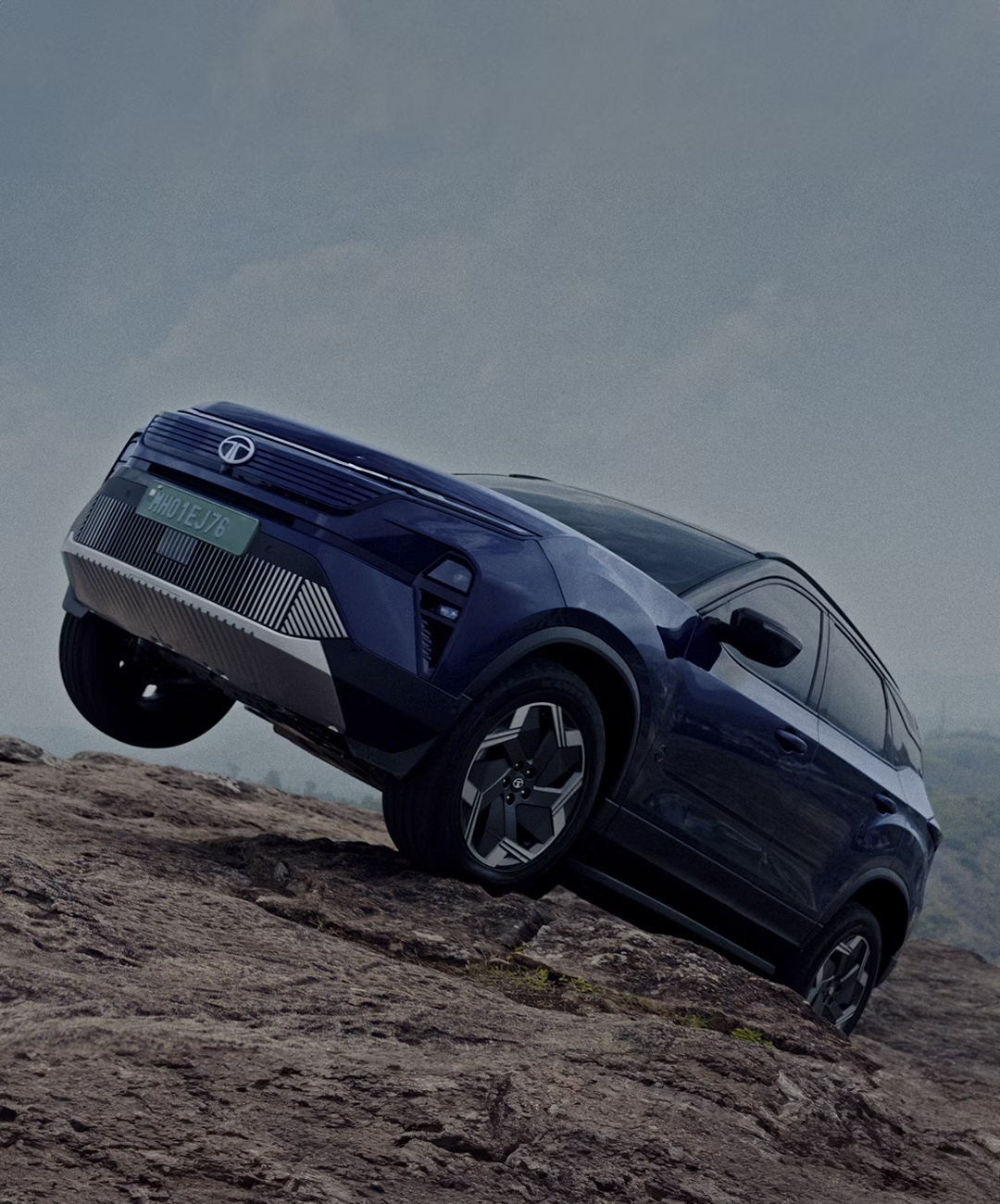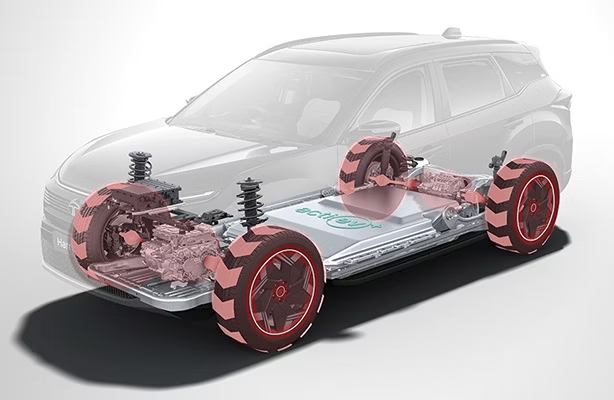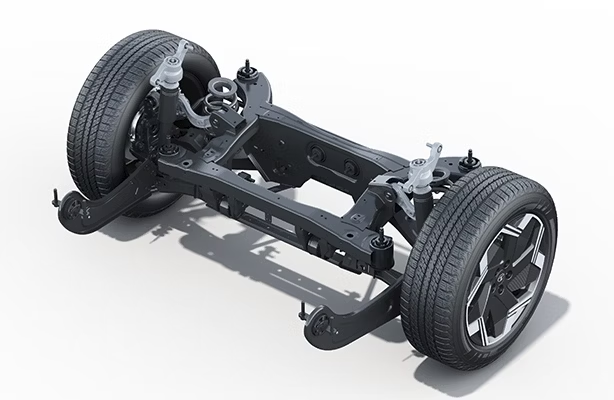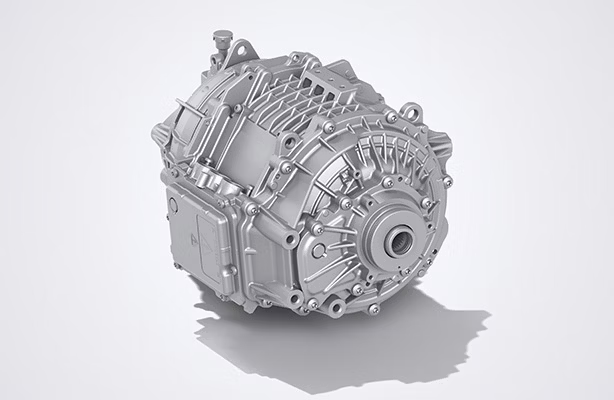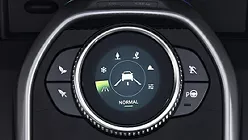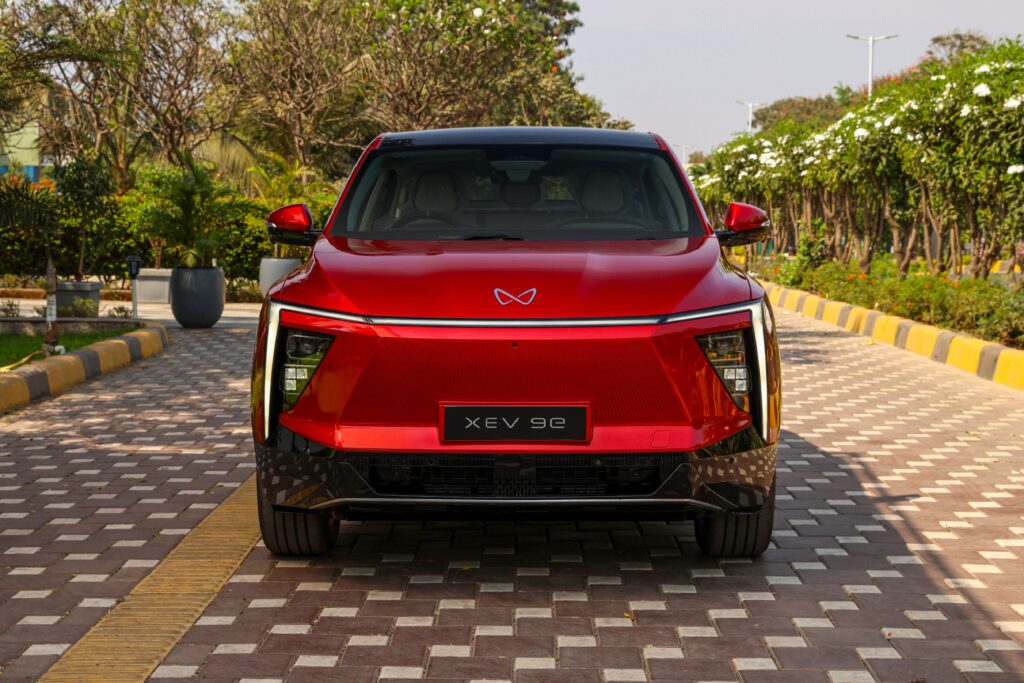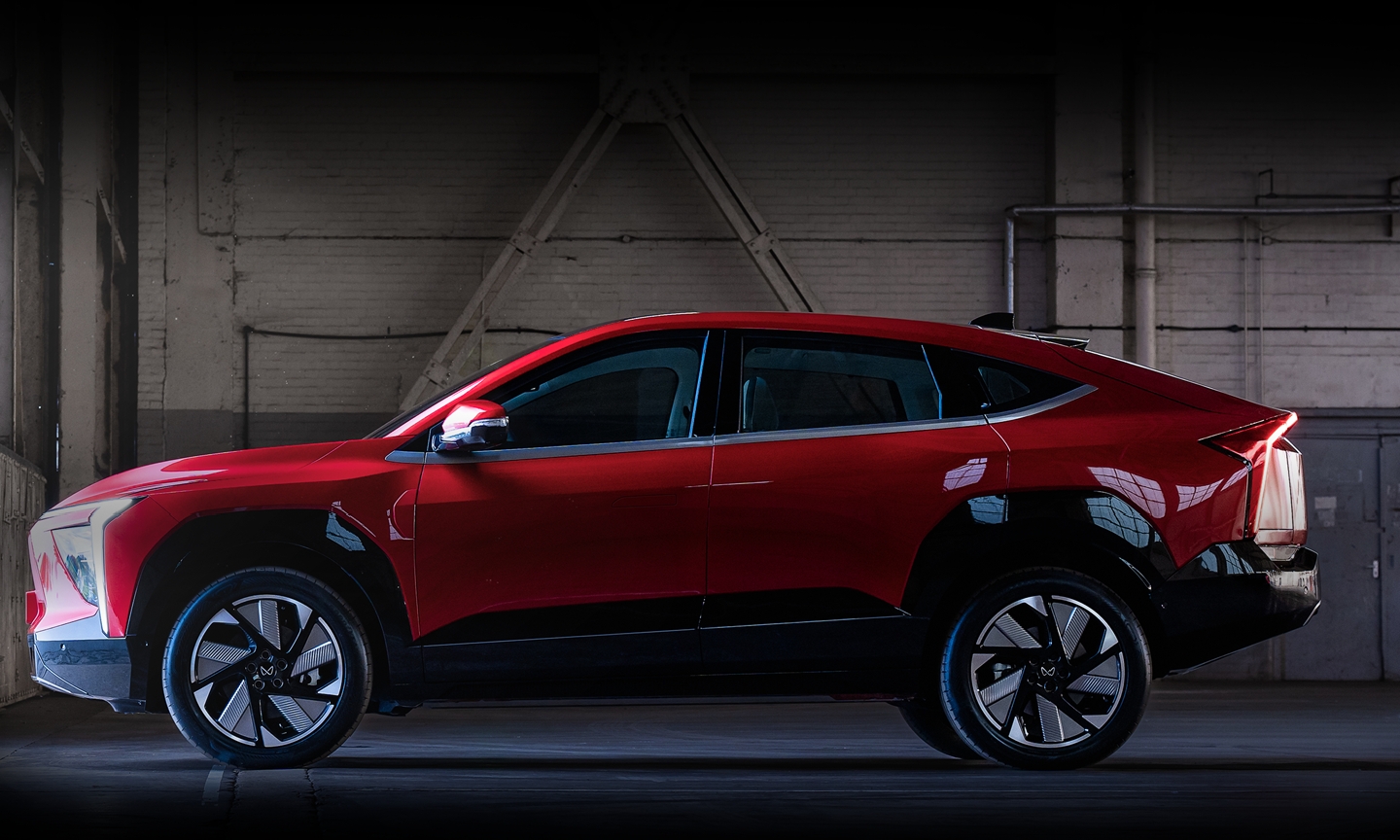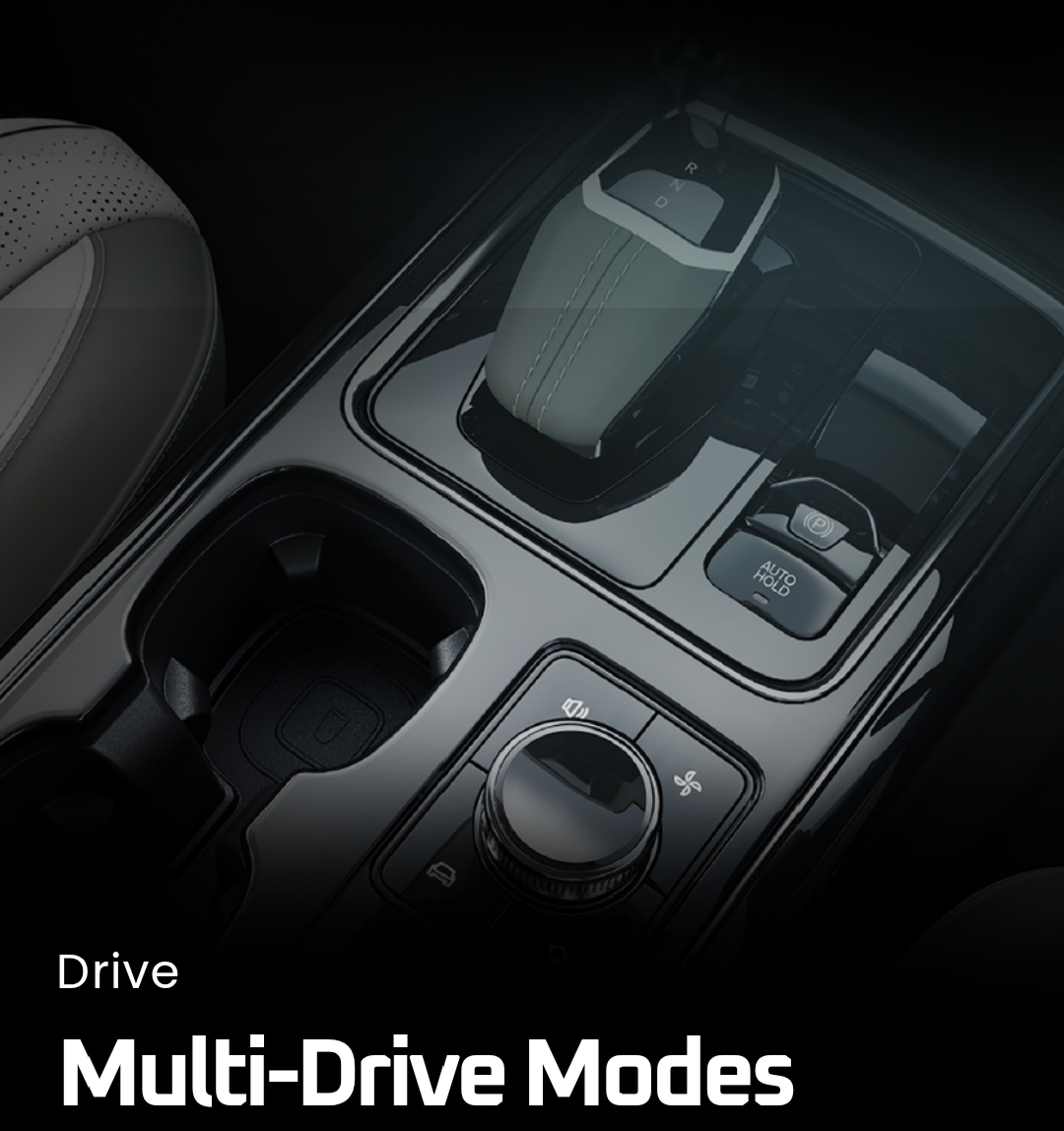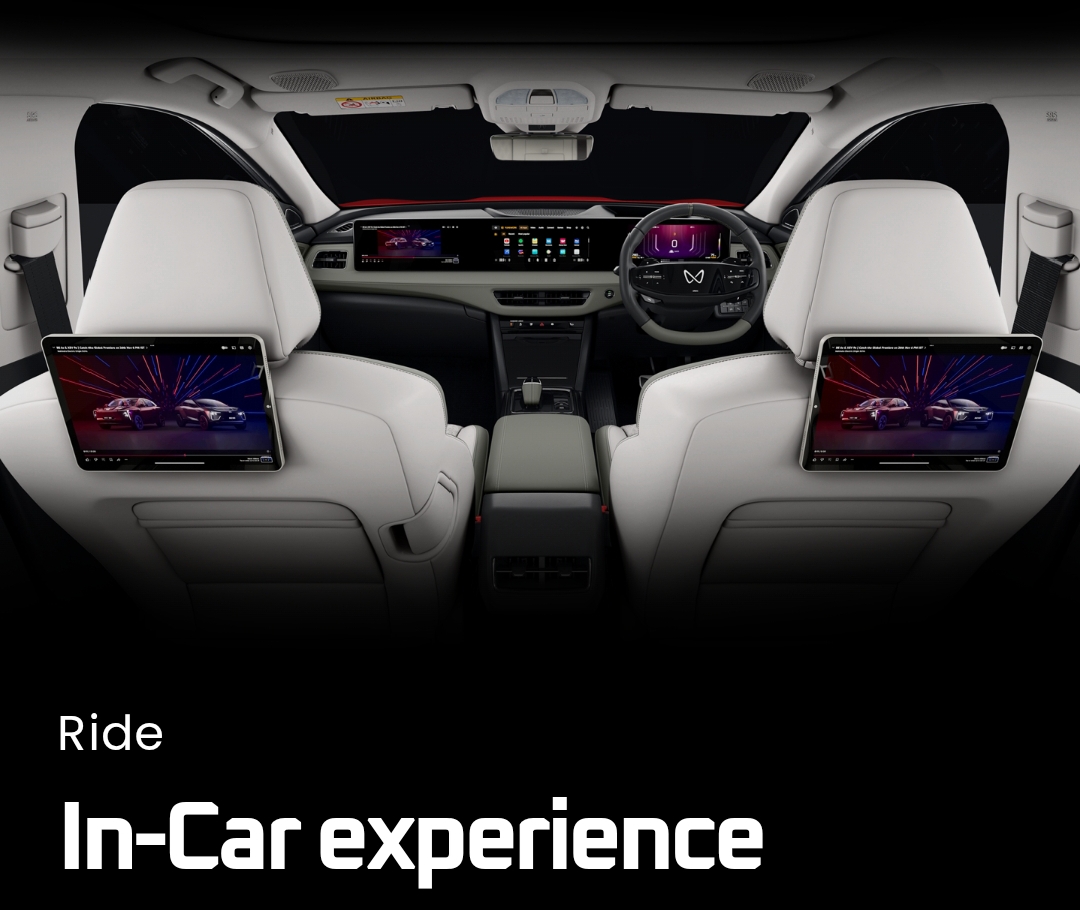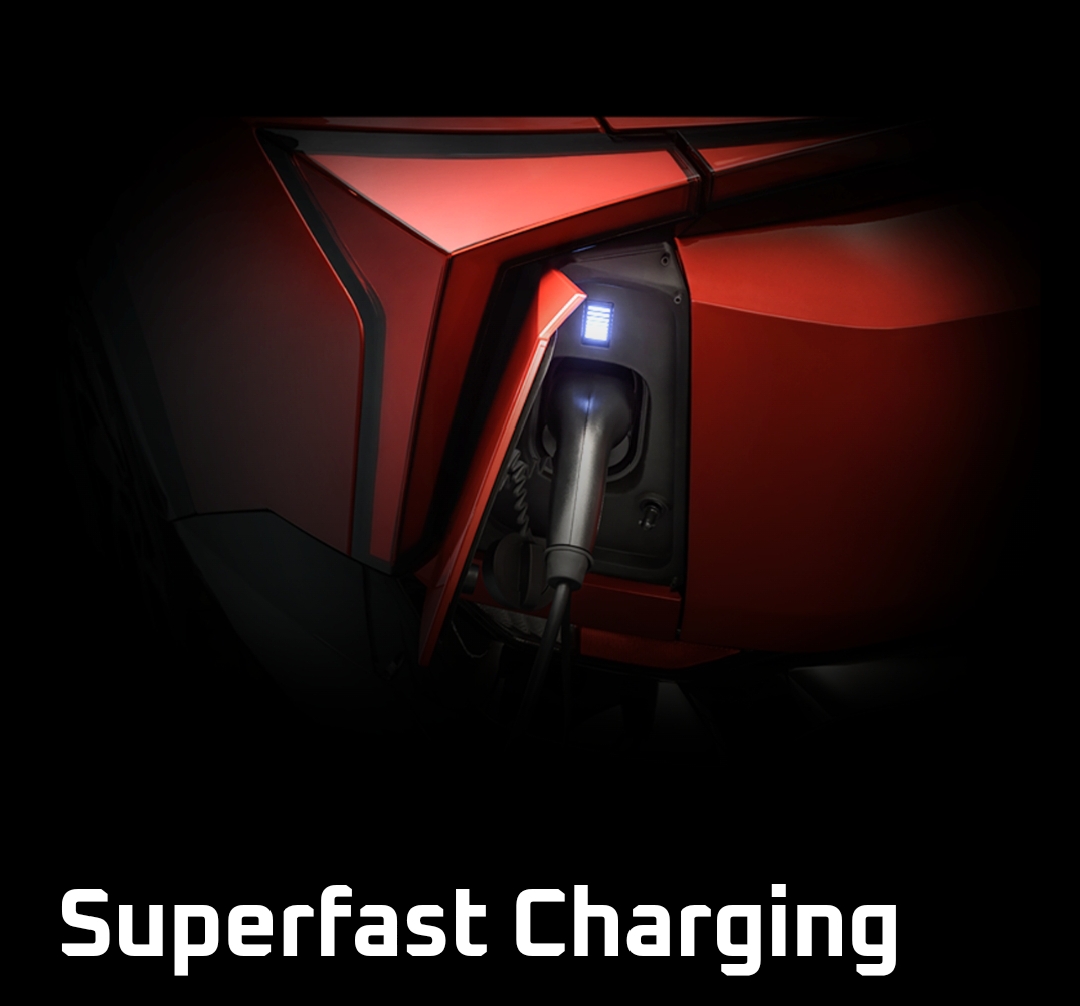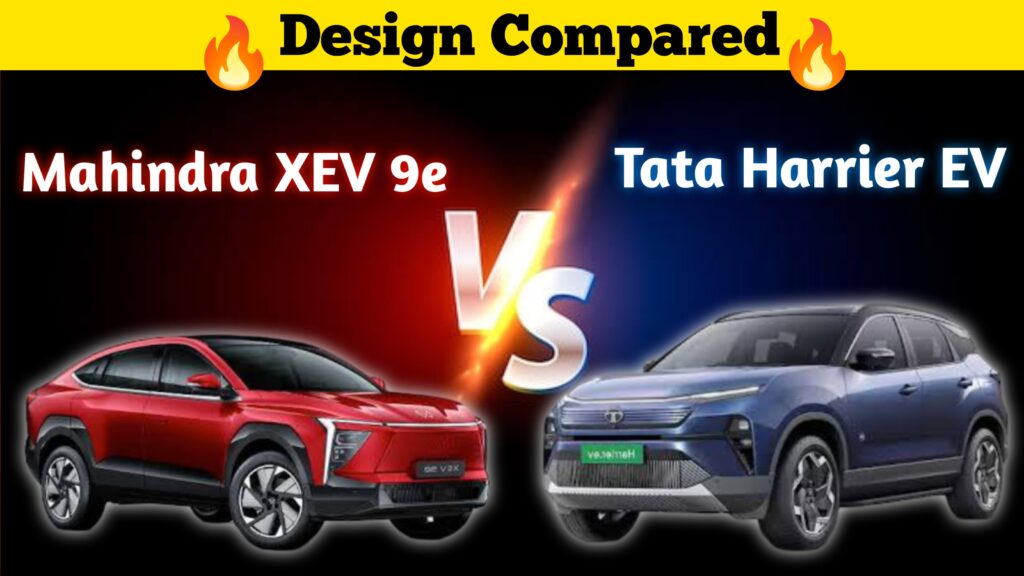
As India’s electric vehicle revolution picks up pace, two major players are battling it out in the growing EV SUV segment—Tata Harrier EV vs Mahindra XEV 9e. Both brands have unveiled their next-gen electric SUVs aimed at first-time EV buyers as well as environmentally conscious enthusiasts. With the Harrier EV and XEV 9e bringing unique strengths to the table, the question arises—which one is the better pick in 2025?
Let’s break down this faceoff in terms of design, powertrain, range, features, and value for money.
Table of Contents
⚡ Tata Harrier EV vs Mahindra XEV 9e: Design & Exterior Styling
Visually, both electric SUVs carry forward the DNA of their respective ICE counterparts but with futuristic touches.
The Tata Harrier EV flaunts a closed-off grille, sleek LED lighting, aero wheels, and blue EV accents, giving it a clean, premium look. Tata has ensured it retains the rugged SUV stance while improving aerodynamics.
Meanwhile, the Mahindra XEV 9e reflects Mahindra’s “Born Electric” design philosophy. It features aggressive front DRLs, a coupe-inspired rear design, and a futuristic LED light bar that runs across the front fascia. The stance is more urban-SUV than off-roader but still bold.
Verdict: The Harrier EV leans toward elegance, while the XEV 9e feels edgier and youthful.
🔋 Battery, Performance & Range
The heart of any electric SUV lies in its drivetrain, and both contenders come equipped with capable setups.
Tata Harrier EV is expected to house a 60–70 kWh battery pack, offering an estimated range of 500+ km on a single charge. It also supports dual-motor all-wheel-drive (AWD), a big plus for those seeking traction and off-road ability.
Mahindra XEV 9e is rumored to come with a 55–60 kWh battery offering a slightly lower range of 450–470 km. Its setup focuses more on urban efficiency than off-road power, with a single motor FWD layout in base variants.
Verdict: Tata Harrier EV offers a slight edge in range and the benefit of AWD, making it more versatile.
🎛️ Features & Interior Tech
Inside, both vehicles are futuristic and loaded with tech.
Harrier EV comes with a panoramic sunroof, ventilated seats, 12.3-inch touchscreen, digital cockpit, 360-degree camera, connected car tech, and wireless Android Auto/Apple CarPlay.
XEV 9e includes a large curved screen setup (inspired by BMW), ADAS features, ambient lighting, OTA updates, and a connected infotainment suite. It focuses more on a tech-forward cabin experience.
Verdict: Mahindra wins on wow-factor in interiors, while Tata keeps it clean and functional.
🛡️ Safety Features: A Key Differentiator
When it comes to safety, both Tata and Mahindra are stepping up their game in the electric SUV market. The Tata Harrier EV is expected to carry forward Tata’s legacy of 5-star safety ratings, likely including ADAS, multiple airbags, and strong structural integrity. Meanwhile, the Mahindra XEV 9e is rumored to come equipped with next-gen safety tech like driver attention monitoring and adaptive cruise control, putting pressure on Tata to match or exceed those offerings.
🌍 Charging Infrastructure & Support
An often-overlooked aspect in EV comparisons is the accessibility of charging solutions. Tata already has the edge here, thanks to Tata Power’s growing fast-charging network across India. This could give the Harrier EV a practical advantage for long-distance travelers. Mahindra, on the other hand, has partnered with third-party providers, which may impact consistency depending on region. For buyers concerned with charging convenience, Tata’s ecosystem offers a stronger support system as of now.
🧠 Brand Trust & Market Positioning
Both Tata and Mahindra enjoy strong brand recognition, but they play different cards. Tata is positioning the Harrier EV as a tech-forward yet reliable SUV, leveraging its success with the Nexon EV and Punch EV. Mahindra’s XEV 9e aims to deliver a futuristic, high-tech experience with bold design and advanced cabin tech. While Mahindra is betting on premium appeal, Tata is focusing on balance — combining range, safety, and accessibility to win mass-market trust.
🛡️ Safety and Build
Tata’s legacy of strong builds continues in the Harrier EV, which is expected to retain its 5-star Global NCAP safety rating (from its diesel sibling). Features like 6 airbags, ADAS, ESC, and hill-descent assist are expected.
Mahindra, too, is loading the XEV 9e with Level 2 ADAS, multiple airbags, and ESC. However, real-world safety ratings are yet to be revealed.
💸 Price & Value for Money
The Tata Harrier EV is expected to be priced between ₹27–30 lakh, depending on variants and battery options.
The Mahindra XEV 9e is likely to be slightly cheaper, expected between ₹23–27 lakh.
Verdict: Mahindra takes the lead in affordability, but Tata justifies its higher price with AWD and more range.
🏁 Final Verdict: Tata Harrier EV vs Mahindra XEV 9e
When it comes to Tata Harrier EV vs Mahindra XEV 9e, your final choice will depend on what matters most to you:
Pick the Tata Harrier EV if you want more range, all-wheel drive, and a tried-and-tested EV platform.
Go for Mahindra XEV 9e if you value futuristic design, tech-rich interiors, and a slightly lower price tag.
